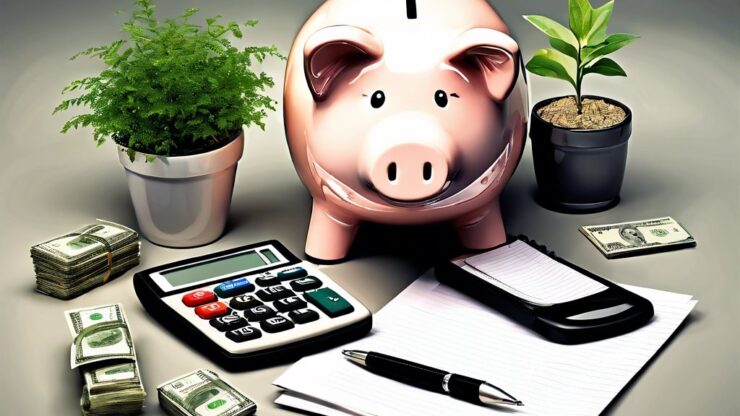Understanding the Importance of an Emergency Fund
Life is unpredictable, and financial challenges can arise when we least expect them. An emergency fund acts as a financial safety net, providing you with the peace of mind that you can handle unforeseen expenses without derailing your financial stability. This fund can cover a variety of emergencies, such as medical bills, car repairs, or unexpected job loss. But how much should you actually have set aside? Let’s explore the factors that will help you determine the ideal amount for your emergency fund.
Factors to Consider When Calculating Your Emergency Fund
Each person’s financial situation is unique, and several key factors will influence how much you should have in your emergency fund. Consider the following:
- Monthly Expenses: Calculate your essential monthly expenses, including rent or mortgage, utilities, groceries, and insurance.
- Job Stability: Assess the stability of your income source. If you have a stable job, you might need less compared to someone in a volatile field.
- Dependents: If you support a family, you should aim for a larger fund to cover their needs during emergencies.
- Health Factors: Consider any chronic conditions that might require unexpected medical expenses.
Based on these factors, a common recommendation is to save three to six months’ worth of living expenses. However, in certain circumstances, you may want to save even more. For example, freelancers or those with commission-based income might opt for closer to twelve months of expenses.
Creating Your Personalized Emergency Fund Plan
Now that you’ve evaluated your unique financial situation, it’s time to create a personalized emergency fund plan. Start by setting a specific savings goal based on your calculated monthly expenses. For example, if your total monthly expenses are $3,000, then your target should be between $9,000 and $18,000, depending on your job stability and other factors. Next, determine how much you can realistically save each month. Consider adjusting your budget to prioritize this savings goal.
Finally, choose a suitable savings account. Look for high-yield savings accounts that offer better interest rates, ensuring your money works for you while remaining accessible in emergencies. Remember, the key to a solid emergency fund isn’t just how much you save but how consistently you contribute to it. Start today, and you’ll be well on your way to securing your financial future.
Disclaimer
This article has been created or edited with the support of artificial intelligence and is for informational purposes only. The information provided should not be considered investment advice. Please seek the support of a professional advisor before making any investment decisions.






